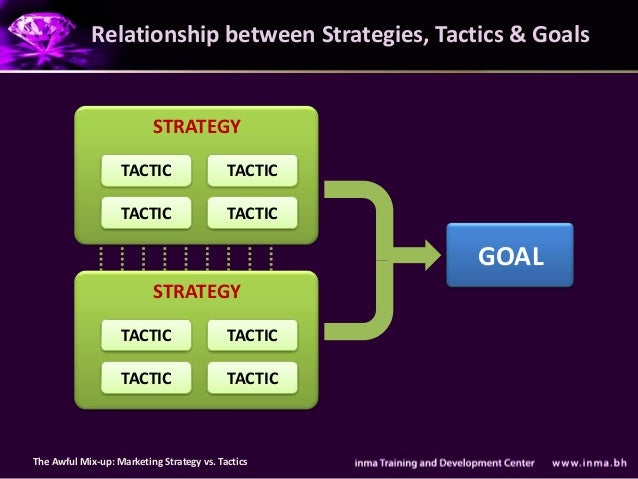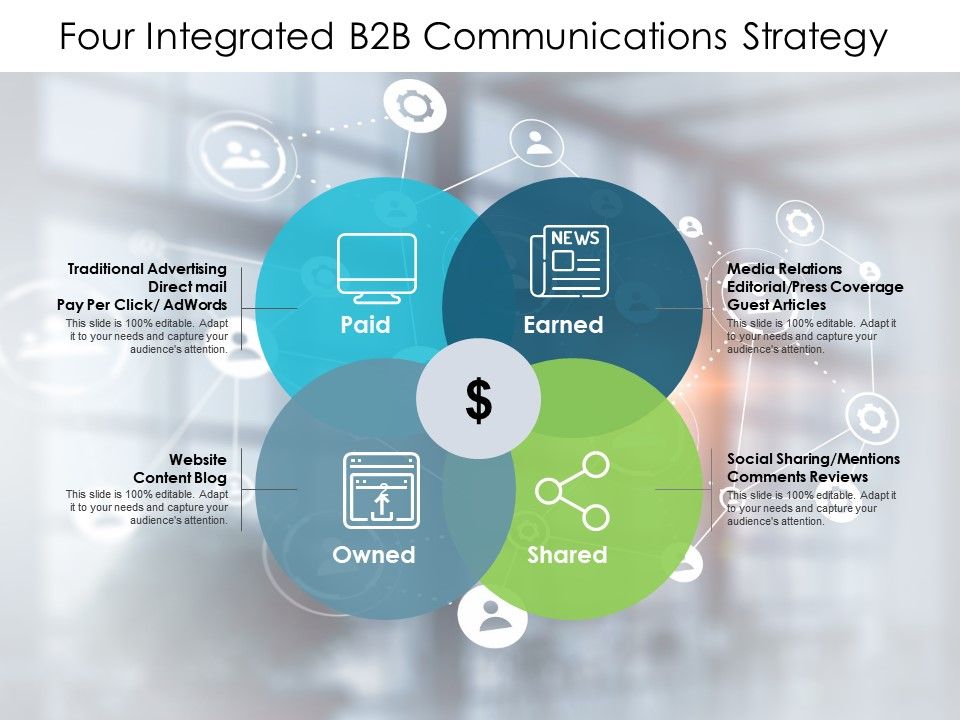The segmentation, targeting, positioning (STP) marketing model
This is where stp (segmentation, targeting and positioning) fits. Tactics will involve understanding which audiences to approach first. This may not involve a strategy about where the best place for your business is in the market. Using the bcg matrix is a great way for businesses to reassess what they need to be focusing on. The matrix will help you decide whether you should be investing more in your existing business or looking towards new growth opportunities. Another key part of stp is defining your audiences and marketing personas. This will help you define the best tactics for presenting your products to them and getting their attention.

The marketing department has its strategic marketing objectives to achieve (e. G. To sell 1000 more products in market a in 12 months). Now it chooses the approach to achieve those objectives. This approach is called the “marketing strategy”. Kotler et al define marketing strategy as, “…the marketing logic by which the business unit hopes to achieve its marketing objectives”. The stp model can help determine the marketing strategy : segments – determine the basis for segmentation and criteria for identifying viable segments targeting – choose the segments to focus on positioning – develop the marketing mix (7ps) for each selected segment and the product positioning you wish to attain (ensuring it’s in line with the mission statement). https://vimar.ie/blog/marketing-strategy-vs-marketing-tactics-get-it-right-in-your-business/ https://f004.backblazeb2.com/file/fhnixb/Seo-Agencies-Ireland/index.html
Marketing Strategy vs Tactics: the Difference Explained
Strategy is completed first, as your marketing tactics will be improved with a strategy in place. For example, your marketing strategy may be to gain new customers at breakeven and then make additional sales revenue from repeat customer transactions. This commonly used strategy helps to set the future marketing tactics which may include email, content development, telephone sales and direct mail. While these two words may seem synonymous, they mean different things, and for many people, their difference is a bit of a blur. Let’s take a closer look at the difference between strategy and tactics and why you need both for productive marketing.

Now that you’ve ventured into entrepreneurship, you’re probably looking to market your business. But what comes first: the marketing strategy or the marketing tactics? most business owners get this wrong and, as a result, they waste hundreds and thousands of dollars on generic advertising: facebook ads that bring in low-value leads. Email campaigns that deliver dismal click-through rates. Blog posts that never get read. If you want to earn a return on your investment, you have to stop chasing bright, shiny objects —a host of tactics (think tiktok)—and instead focus on creating highly targeted marketing. To do that, you need a strategy.
These marketing plans serve as initial resources to get your content marketing plan started. But, to truly deliver what your audience wants and needs, you'll likely need to test some different ideas out, measure their success, and then refine your goals as you go. Editor's note: this post was originally published in april 2019, but was updated for comprehensiveness.
It’s important to note that a marketing strategy is not the same thing as a marketing plan. A marketing strategy defines your purpose, product offering, and strategic goals in support of your company’s mission — it tells the story of where you want to go as a company. Whereas your marketing plan is a roadmap of tactical efforts to get you there. You might have one overarching strategy, and then sub-strategies for different areas of marketing — as we’ll see in a minute. Similarly, you might have one overarching plan, bringing together all the steps that need to happen to achieve every strategy, or you might have a separate plan under each sub-strategy.
